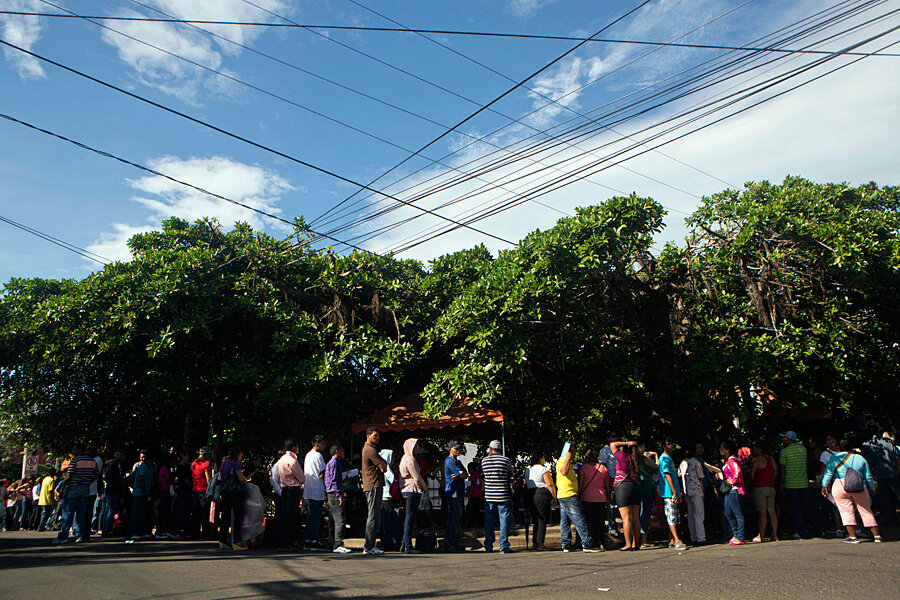Central American leaders: investment will curb migration north
Loading...
| TEGUCIGALPA
A plan by Central American governments to boost economic growth in the region and cut illegal immigration to the United States foresees major spending on infrastructure and energy projects, a draft of the proposal showed on Wednesday.
The "Plan of the Alliance for Prosperity in the Northern Triangle" aims to renovate highways, city bypasses and border crossings in Honduras, El Salvador and Guatemala, as well as carry out improvements to other infrastructure in the region.
The plan aims to provide people in the impoverished region with jobs and an incentive not to emigrate north. Including projects that have already been announced, the planned works are worth well over $1 billion dollars.
A surge in unaccompanied children arriving this year at the U.S. border has pushed the United States, Mexico and Central American nations to seek new strategies to reduce the number of children and families trying to get into U.S. territory.
The flood of migrants has stretched U.S. resources on its southwest border and revealed the hardships many migrants face on the journey.
The development plan, a copy of which was seen by Reuters, proposes doubling the capacity of the shared Central American network of power grids known as SIEPAC as well as supplying natural gas from southern Mexico to Central America.
Guatemala's Foreign Minister Carlos Morales told Reuters that U.S. Secretary of State John Kerry had made clear $50 million was immediately available for the plan, with any more funds needing to be approved by the U.S. Congress.
The final details of the plan would be agreed upon by Central American presidents in a meeting taking place early next year, perhaps in February, he added.
The infrastructure projects planned for Honduras alone would be worth "hundreds of millions of dollars," a Honduran government official said, speaking on condition of anonymity.
Given that the U.S. marketplace was the main destination of drugs trafficked through Central America, the United States ought to shoulder the cost of over 80 percent of the aid authorized by the plan, the same Honduran official said.
Speaking in New York at the U.N. General Assembly, Honduran President Juan Hernandez called for an international coalition to fight the scourge of cross-border drug smuggling, making an explicit link with the international alliance U.S. President Barack Obama has sought to forge for tackling the threat of Islamic fundamentalists.
"I ask, what is the difference between the terrorism caused by radical fundamentalists, and the terrorism caused by drug traffickers?" he asked. "What is the difference between those displaced by violence in other regions, and those displaced by violence caused by drug traffickers?"
The plan for the region, which suffers from high murder rates and widespread poverty, was developed with the help of the Inter-American Development Bank. It also includes proposals to improve several airports, including in Belize and Nicaragua.
It mentions a regional investment plan from 2015 to 2019, but that section of the document was blank in a copy reviewed by Reuters. It was not clear how the projects would be financed.
Foreign ministers from Honduras, Guatemala and El Salvador presented the plan to U.S. and Mexican officials on the sidelines of the U.N. General Assembly in New York on Tuesday, without giving details of what it involved.
The draft did not detail how much money would be needed to carry out the works mentioned, some of which have already been announced such as a $1.2 billion planned pipeline between Salina Cruz in Mexico and Escuintla in southern Guatemala.
Mexican lawmakers say boosting economic development in the region is crucial to stop the flow of migrants north. The projects listed could provide lucrative contracts to construction firms in Mexico, the United States and elsewhere.





